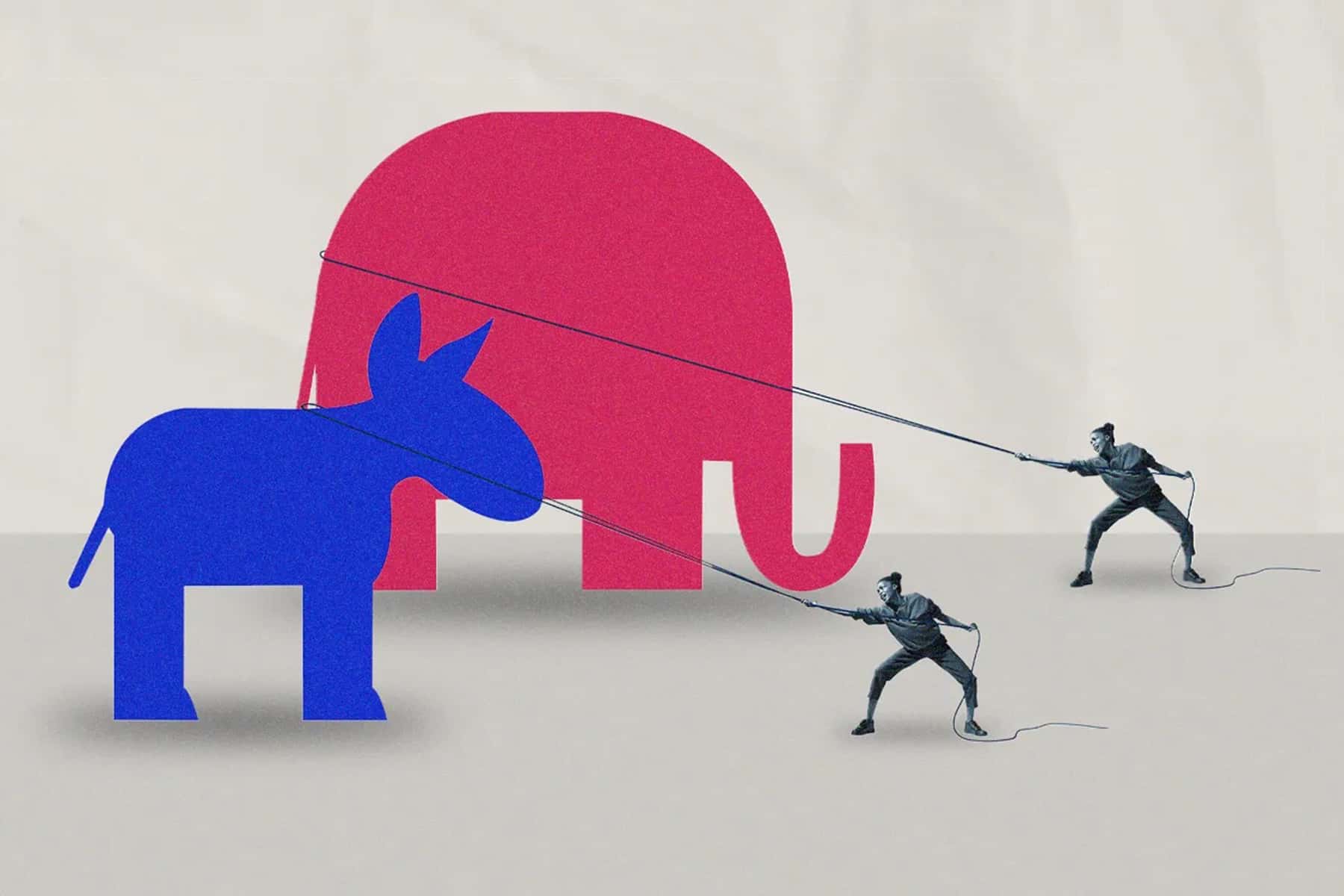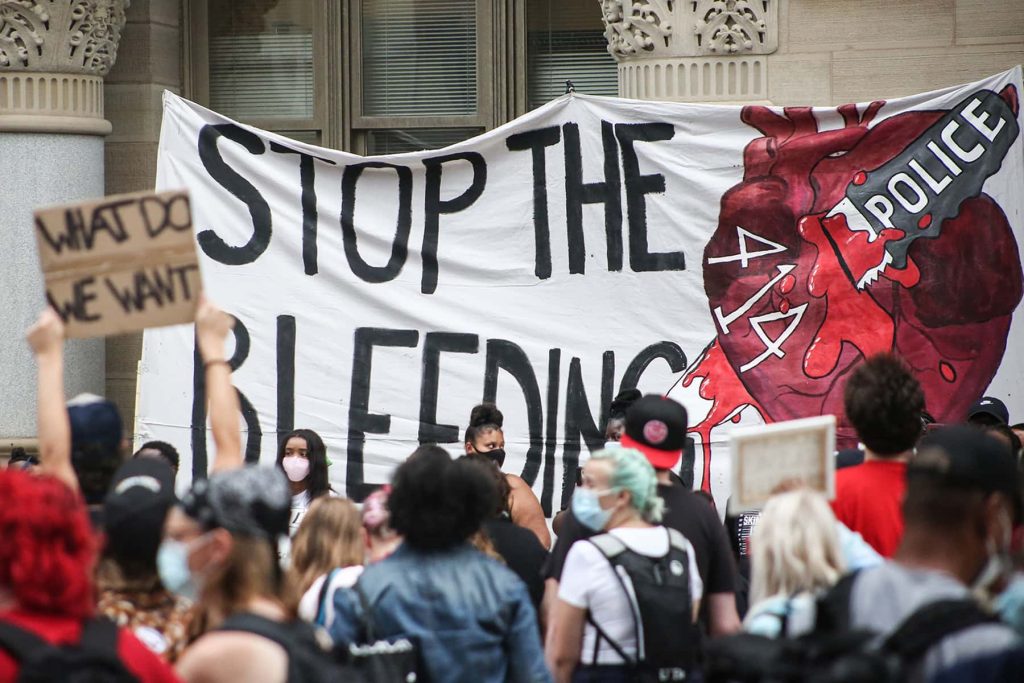
The sharp contours of our political landscape are such that we daily, even hourly, find ourselves set off by some passing comment, tweet, or news account and sent spiraling down into the valley of contempt for them, those who incredulously choose to live on the other side of the political divide.
The forces driving these divisions are considerable, and their venom has spread into even the most mundane aspects of our lives — from where we will no longer shop and eat out to who we refuse to ride an elevator with.
These hyper-political times are making us sick. A recent study revealed that about 70% of Americans, both “red” and “blue,” report that politics is stressing them out, with 4% (about 10 million citizens) having suicidal thoughts related to politics. Families and old friendships are splintering.
Pew reports that nearly 80% of Americans now have few or no friends at all across the aisle. Another study found that 11% of Americans (and 22% of millennials) ended a romantic relationship over politics. These trends appear to have staying power.
This toxic trap resembles many forms of addiction. Substance addiction, for example, is understood as a bio-psycho-social-structural problem. That is, over time, its lure and tenacity come from a combination of physiological, psychological, relational, and environmental conditions that align and fuel one another until they feel impossible to escape.
Similarly, recent studies show that experiencing a perceived wrong or injustice — especially to one’s in-group — activates the same reward and habit regions of the brain (the nucleus accumbens and dorsal striatum) as substance addiction, triggering cravings in anticipation of experiencing pleasure and relief through retaliation.
When these grievances become chronic because of the mounting effects of psychological tendencies like a heightened brain sensitivity to threat, intentional forms of political manipulation, internet platform algorithms that prey on outrage, and dysphoric rumination within politically homogenous social networks, to name just a few, we often become trapped. Everywhere we turn, we get triggered.
Viewing today’s culture of contempt as an addiction offers clues of a way out. When I worked with addicted adolescents in my 20s, I discovered two things mattered most to their abilities to escape addiction’s grip — extreme suffering and persistent support.
The spiral of addiction is most likely broken when people physically and emotionally bottom out, such that they realize that their addiction is too powerful to fight alone, and when they find a program of support that can help them build a new life — by finding new “people, places, and things” that help to replace their past life of addiction. The effects of these programs are supported by sound science.
The good news for Americans is that the vast majority of us on all sides of the divide have already bottomed out on political outrage. Studies by More in Common have found that between 86% to 93% of Americans — the “exhausted majority” — are now fed up with these toxic times and eager for another way forward.
Now we need sufficient support. Americans would benefit greatly from a mass movement the likes of A.A. to help stem our decades-long pattern of runaway polarization — one with a strong evidence base, a set of clear, feasible steps to guide them, and a supportive environment to help make it stick.
The good news here is that today about 7000 bridge-building groups are across the U.S. working to bring Americans together across the red versus blue chasm in communities and in various sectors like government, youth, journalism, sports, and big tech. Many offer the kinds of safety, structure, and support necessary for these efforts to thrive.
The challenge is that ours is a nascent, piecemeal movement. Many of these groups now work independently of one another, at times competing for funding, with little standardization of methods or message. They are also often unknown to the general public, largely because of the sensitive work they do, resulting in a general lack of awareness or reputational trust. But with the midterm elections around the corner, and 30 million citizens standing ready to use violence to reinstate Trump, now is the time to mobilize.
Coalescing as one movement offers great promise. Joining forces could help increase public awareness and access to these programs, encourage closer adherence to evidence-base practices, and serve to consolidate sufficient political power to challenge the political and business models that prey on this addiction. Fighting back against the outrage industrial complex of our time will require no less.
Pеtеr T. Cоlеmаn
Mіchаеl Luоng
Originally published by YES! Magazine as Exhausted by Toxic Politics? There’s a Way Forward














